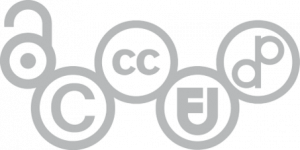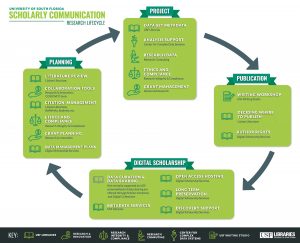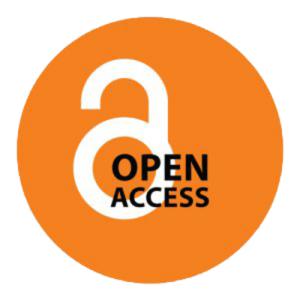|
Getting your Trinity Audio player ready...
|
The process of creating a research article for publication involves much more than writing, and the process of being published involves much more than article submission.
A published article is new knowledge on which new research can be based, and likely represents years of research and planning, careful selection of sources and publishing venues, and copyright permissions and publishing contracts. At the end of a research lifecycle, authors still have work to do advertising their publication in hopes of guaranteeing that their years of research efforts get into the hands of the scholars and public who need to see it most. It’s these many processes and milestones that serve to communicate the expertise of one university’s students and faculty to the rest of the world, involving them in a dialog of discovery and creation that libraries often refer to as scholarly communication.
Such an enormous and complex process will inevitably include obstacles that may not be foreseen by the researcher or research team. For example, in the beginning stages of a project, a researcher may be selecting their sources to help build or contextualize the new information they plan to offer to the profession. Most of those sources will be protected by copyright laws that guarantee creators exclusive rights to copy, build on, and distribute their work. If incorporating more than a summary or a small quote, a use that may be considered fair, a researcher may need to obtain permissions for using the content. But figuring out who owns the copyright over a work could be a complex endeavor.

Authors of published articles and books often sign away copyright ownership to their publishers during the publication process, and publisher permissions processes vary greatly, sometimes taking four weeks or more to receive feedback. Because of this, permissions requesting can be a lengthy endeavor, and not addressing the process with time to spare before publication may contribute to unplanned delays. Copyright and scholarly communications experts at the USF Libraries are here to help researchers with determining copyright ownership and permissions searches.
Once the research article is ready for publication, an author has several more tasks ahead of them. The choice of journal or publication venue is often based on its established reputation within a discipline, and whether it is favored by other scholars to which an author wishes to communicate. Often overlooked, but equally important, is how that journal treats its authors and what rights authors retain over their work. Should a publication venue’s process include a transfer of copyright without generous author rights, a researcher may find that they have no rights to legally use their own work in the future. Our Digital Scholarship Services (DSS) team can help locate journals with favorable author rights policies, provide tools to help authors negotiate authors rights during the publication process, and provide guidance on interpreting publishing contracts.
A researcher may also want to consider releasing their research as Open Access (OA), making it widely accessible to anyone in the world. OA has grown as a movement, as a response to the evolution of scholarly communications and spurred on by mandates from governments and funding agencies. With the aim of providing free access to research, OA attempts to break from traditional publication that locks the research behind paywalls (restricting access to only well-funded institutions).
Releasing material OA will often include selecting a Creative Commons (CC) license to advertise to a researcher’s audience what can be done with the publication, beyond what copyright law typically allows—like permitting translations, or copying and sharing in classrooms and among research groups with no restrictions. The DSS team supports researchers in selecting CC licenses and the options to making published works OA.
Ensuring that a published work achieves the desired impact on the scholarly community may require a few extra steps after publication, like promoting the work via social media or archiving the work in an institutional repository (at USF it’s called Scholar Commons). Maintaining and sharing an Author’s Approved Manuscript (AAM) or Post print is a way to participate in the OA movement, too. Loading that AAM in the institutional repository is a method of Green Open Access, where an author publishes through traditional processes but retains the rights to share their AAM openly. This provides an additional venue for other scholars to find a work—a scholarly impact double whammy if you will. Institutional repositories also provide statistics and tracking that can help authors estimate the impact of their works, highlighting the institutions and countries that download a work.
The research lifecycle and its many parts and processes can be daunting, for a researcher at any level of expertise, but at the USF Libraries there are support services and resources that can assist faculty and students in a number of ways. Contact us at LIB-DSS@usf.edu.

